What is HPE GreenLake?
Through GreenLake, aims to offer a ‘best of both worlds’ marriage between public cloud and on premises
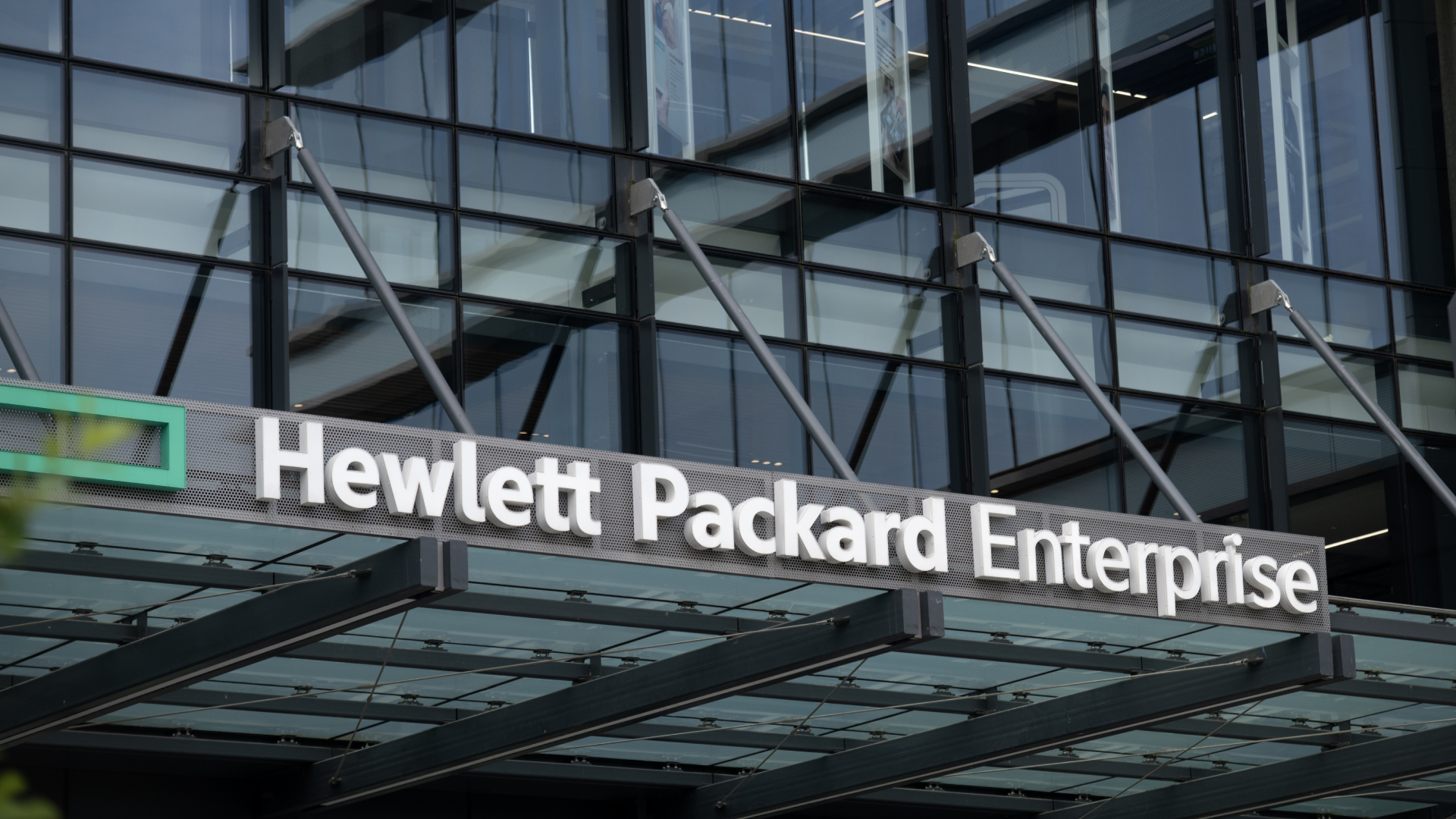
For a long time, public cloud dominated the conversation with enterprises seeking the benefits of migrating to a flexible and scalable model – as opposed to maintaining IT infrastructure on-premise.
Billed as a third way for cloud computing, Hewlett Packard Enterprise (HPE) launched its flagship GreenLake platform as a means to offer the benefits of both models in one. HPE GreenLake is a suite of infrastructure as a service (IaaS) tools that allow customers to consume IT resources on a pay-per-use basis.
HPE GreenLake provides customers with a set of public cloud-like services on more traditional on-premise-type setups – with both the hardware and software provided in a subscription mode. Its capabilities include cloud management, cost management, and compliance tools which are all accessible through a central console, with tools and services including computing, storage, networking, data protection, and security.
It’s designed to be flexible and scalable to meet the needs of businesses of all sizes. HPE GreenLake also includes a number of tools and features to help customers manage and optimize their use of these IT resources, including real-time billing, usage reports, and automation capabilities.
When did HPE GreenLake launch?
HPE launched its flagship GreenLake hybrid cloud service in June 2018. On its launch, HPE GreenLake was billed as a way to offer a more flexible and scalable way to consume IT resources versus the traditional cumbersome on-premises model.
In the three years prior to the launch of HPE GreenLake, HPE primarily sold hardware and software products, with customers then needing to build, deploy, and maintain these products themselves. With the launch of HPE GreenLake, however, the company began offering a full range of IT services on a pay-per-use basis.
Since its launch, HPE GreenLake has continued to evolve and expand, with the addition of new services and features to meet the changing needs of its customers. In 2019, for example, HPE announced it was widening its GreenLake offering to include a range of managed services, including database management, application development, and data analytics.
Sign up today and you will receive a free copy of our Future Focus 2025 report - the leading guidance on AI, cybersecurity and other IT challenges as per 700+ senior executives
In 2020, HPE also announced that it was extending the reach of its GreenLake offerings to include a range of edge computing solutions designed to help customers process data closer to the source.
In June 2023 HPE brought a range of services to GreenLake in order to support customer demand for generative AI. HPE GreenLake for Large Language Models allows customers to train and deploy models through the HPE’s as a service platform.
Where does HPE GreenLake sit in the hybrid cloud market?
HPE GreenLake is designed to deliver the advantages of the flexibility and simplicity of the public cloud alongside the compliance and security benefits of on-premise IT infrastructure. This hybrid approach allows organizations to adopt digital transformation with minimal risk and complexity.
HPE positions GreenLake as a unified solution allowing organizations to take a relatively simple and risk-free approach to their digital transformation efforts. It offers a streamlined path for businesses to manage and optimize their IT environments, regardless of where their resources are deployed. This capability helps reduce complexity and costs while enabling quick adaptation to changing business needs.
HPE GreenLake competes with solutions like Dell Apex, which offers similar hybrid cloud benefits with a focus on flexibility and operational efficiency. Apex operates on a consumption-based model, allowing its customers to pay for the resources they use. Apex's platform is built to scale with business needs and includes a range of services such as storage, data protection, compute, and infrastructure.
Additionally, HPE GreenLake competes with Pure Storage’s Evergreen, known for its subscription-based model that is designed to provide continuous innovation and non-disruptive upgrades for enterprise storage systems. This approach ensures that customers can keep their storage infrastructure current without the need for costly or disruptive overhauls. Hyperscale cloud providers such as AWS, Azure, and Salesforce also present competition, each bringing their own strengths in cloud services, scalability, and extensive ecosystems.
HPE says that GreenLake provides a single platform for IT resource management and optimization, enabling use across on-premises and cloud environments.
How does HPE GreenLake work?
It’s the combination of hardware and software – not just each in isolation – that defines HPE GreenLake. Regardless of which services a particular company needs, these needs must be married with hardware systems, which are provided as part of the subscription fee.
RELATED RESOURCE
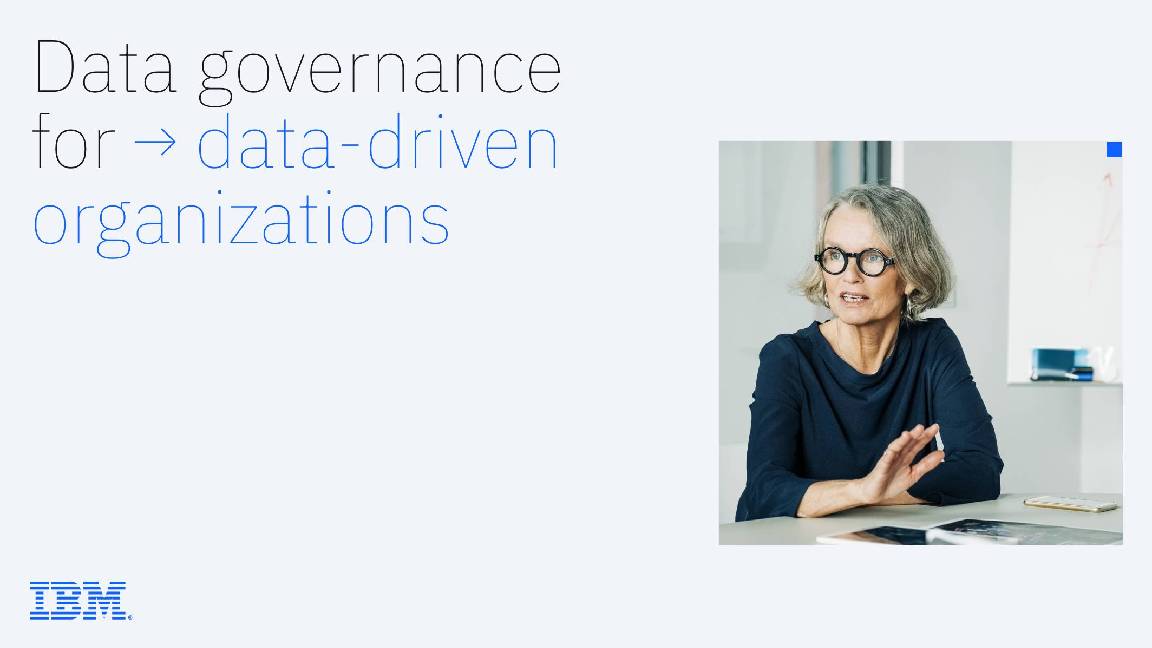
Learn about the most common governance challenges organizations face and find an effective solution for them
DOWNLOAD NOW
To use HPE GreenLake, customers first select the types of IT resources they need, such as computing, storage, networking, or security. They can then specify the specific configurations and capabilities they require, such as the number of CPU cores, the amount of memory, or the type of storage. Once the customer has selected the resources they need, HPE GreenLake provisions these resources and makes them available for the customer to use.
Alongside the hardware and software provision, the firm also packages these with in-house experts who get involved in the implementation of these systems and their maintenance during the life cycle. This comes in the form of the HPE Pointnext service.
Customers can also gain access to HPE GreenLake through channel partners, notably managed service providers (MSPs). In 2020, HPE partnered with Wipro to deliver GreenLake across the latter’s managed service portfolio.
HPE GreenLake uses a range of technologies and tools to manage and optimize the use of these IT resources. For example, it includes real-time billing and usage reports to help customers track their consumption of resources and automation capabilities to help customers manage and optimize their use of these resources.
GreenLake also includes a number of security and compliance features to help protect customers' data and systems.
Which services comprise HPE GreenLake?
Compute
HPE GreenLake offers a range of scalable computing resources tailored for various workloads.
Enterprises can manage and scale their computing needs dynamically, enhancing operational efficiency. The service includes virtual machines (VMs), containers, and bare-metal servers, providing flexibility for different applications. With its pay-per-use model, enterprises can optimize costs, scaling resources up or down based on demand.
Integration with AI and machine learning (ML) tools further enhances performance, enabling predictive maintenance and automation. Recent updates emphasize improved security features, ensuring data integrity and compliance with industry standards.
Storage
HPE GreenLake offers storage in a range of types and performance categories, including block storage, object storage, and file storage. HPE GreenLake customers are promised enterprise-grade storage at every level to be used for intensive processes with extremely low latency response.
In February 2024, HPE announced the third release of HPE GreenLake for Block Storage, a modular, scale-out block storage service meant to create agile cloud environments for businesses. It supports NVMe scaling up to 5.6PB on the company's Alletra hardware – a series of specialized block storage appliances available only through GreenLake.
This system delivers an on-premises cloud experience that is managed through the HPE GreenLake Cloud Platform. Customers get a combination of a block storage architecture with AI-driven management capabilities. Users are promised 100% data availability, a high level of resilience in mission-critical workloads, and efficient scale.
HPE says the service will simplify a user's cloud environment "with an AI-driven cloud management experience" built on artificial intelligence for IT operations (AIOps). The service is meant to deliver an operational experience that mitigates "firefighting" needs by predicting potential disruptions using AI-driven intelligence.
Networking
HPE GreenLake offers networking solutions from edge to the cloud. Customers can protect devices, users, and applications by transforming their network into a security solution for zero trust and secure access service edge (SASE). HPE has emphasized the single point of visibility within GreenLake, through HPE Aruba Networking Central, so that administrators can easily control costs and network settings.
The networking resources available include virtual networks, load balancers, and virtual private networks (VPNs). Options for configuration include the type of network topology, the level of security, and the level of performance.
Security
HPE is integrating security into all its operations to protect its customer's digital supply chains. One of the key ways in which it approaches this is by helping customers to adopt a zero-trust framework, allowing them to reduce complexity and close gaps.
By embedding security technologies into GreenLake, HPE ensures automatic verification of the integrity of data infrastructure. Such integration simplifies the process of maintaining security and compliance for their customers.
AI & ML
One of the newest service platforms HPE has released is HPE GreenLake for large language models (LLMs). This is powered by high-performance computing (HPC) and allows customers to train AI and create models tailored to their enterprise use cases.
HPE offers its customers a full-stack and open solution to run an AI-powered business. HPE aims to help its customers become AI-ready, scale and automate complex data pipelines, and accelerate their ability to develop and deploy AI models. HPE GreenLake allows customers to efficiently access and manage their data across the edge-to-cloud.
Managed Services
In addition to these core services, HPE GreenLake also offers a range of managed services, including database management, application development, and data analytics.
These services are designed to help customers manage and optimize their use of IT resources and can be customized to meet the specific needs of each customer. HPE GreenLake Management services remotely monitors and operates customers' infrastructure and applications from core to cloud and edge, detects and helps resolve any issues, and offers advice to customers on ways to improve continuously.
How does HPE GreenLake’s consumption model work?
GreenLake’s pricing structure looks more like a typical cloud service, rather than a hardware leasing service. The firm installs the IT infrastructure in customers’ environments then offers the services on top of that – all for the agreed subscription fee.
These fees are also metered, meaning customers pay for services used, rather than the totality in, say, a fixed monthly fee.
There are a handful of factors that can influence the pricing, such as whether a customer selects computing, storage, networking, or security. The configurations and pricing for computing resources will depend on the number of CPU cores, the amount of memory, and the type of storage required, while the configurations and pricing for storage resources will depend on the amount of storage, the type of storage media, and the level of performance required.
Customers who require more CPU cores or more memory will generally pay more for their compute resources than customers who require fewer CPU cores or less memory.
Similarly, customers who require faster storage or more bandwidth will generally pay more for their storage or networking resources than customers who require slower storage or less bandwidth.
Finally, the length of the contract a customer signs with HPE GreenLake can also impact the configurations and pricing for their IT resources. Customers who sign longer-term contracts can potentially negotiate more favorable terms, such as lower pricing or additional discounts.
-
 Tapping into the ’touch grass’ movement in cybersecurity
Tapping into the ’touch grass’ movement in cybersecurityIndustry Insights With cybersecurity experiencing a ’touch grass’ moment, what role should resellers play?
-
 Cyber resilience in the UK: learning to take the punches
Cyber resilience in the UK: learning to take the punchesColumn UK law now puts resilience at the centre of cybersecurity strategies – but is legislation simply catching up with enterprise understanding that resilience is more than just an IT issue?
-
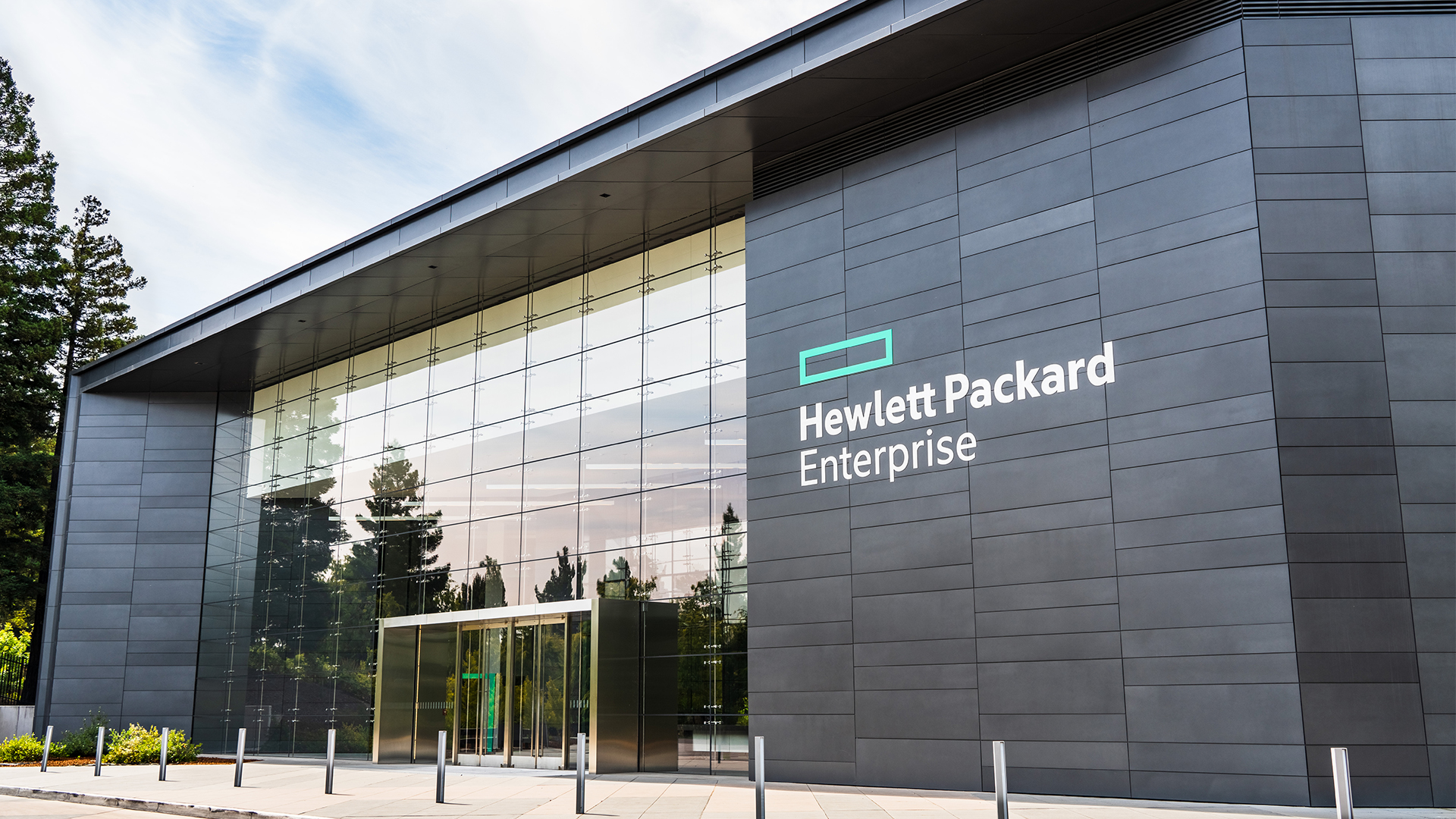 Veeam and HPE eye simplified data resilience with expanded alliance
Veeam and HPE eye simplified data resilience with expanded allianceNews The pair’s latest collaboration sees the introduction of next-gen data protection services to help eliminate risk across modern enterprise applications
-
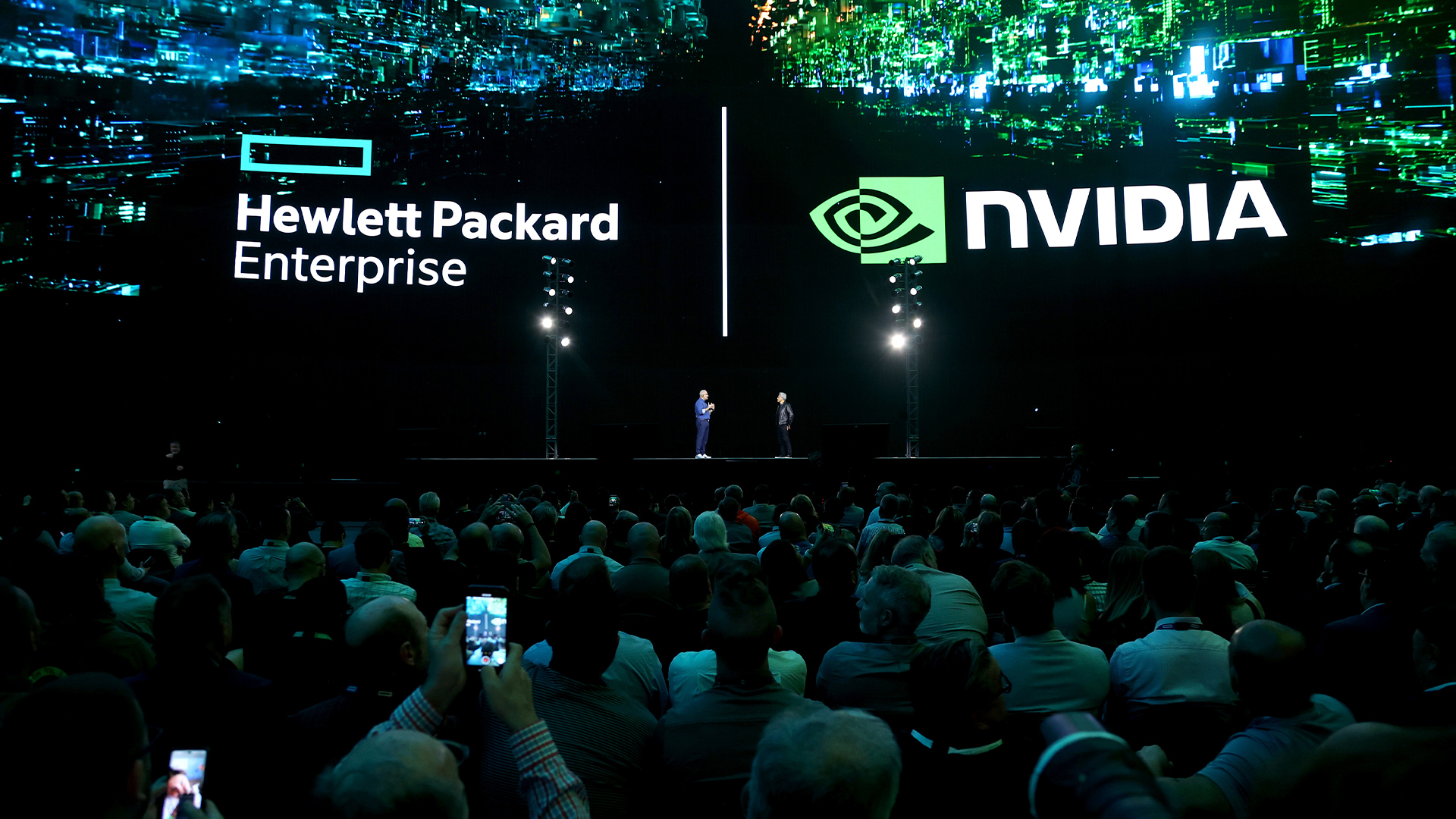 HPE just announced bold new additions to its Private Cloud service, including Nvidia Blackwell GPUs
HPE just announced bold new additions to its Private Cloud service, including Nvidia Blackwell GPUsNews HPE has announced an expansion to its Nvidia Computing by HPE portfolio, including the latest Nvidia hardware designed for AI.
-
 HPE GreenLake gets the agentic AI treatment
HPE GreenLake gets the agentic AI treatmentNews New AI tools and a wide-ranging agentic AI framework could take GreenLake to the next level
-
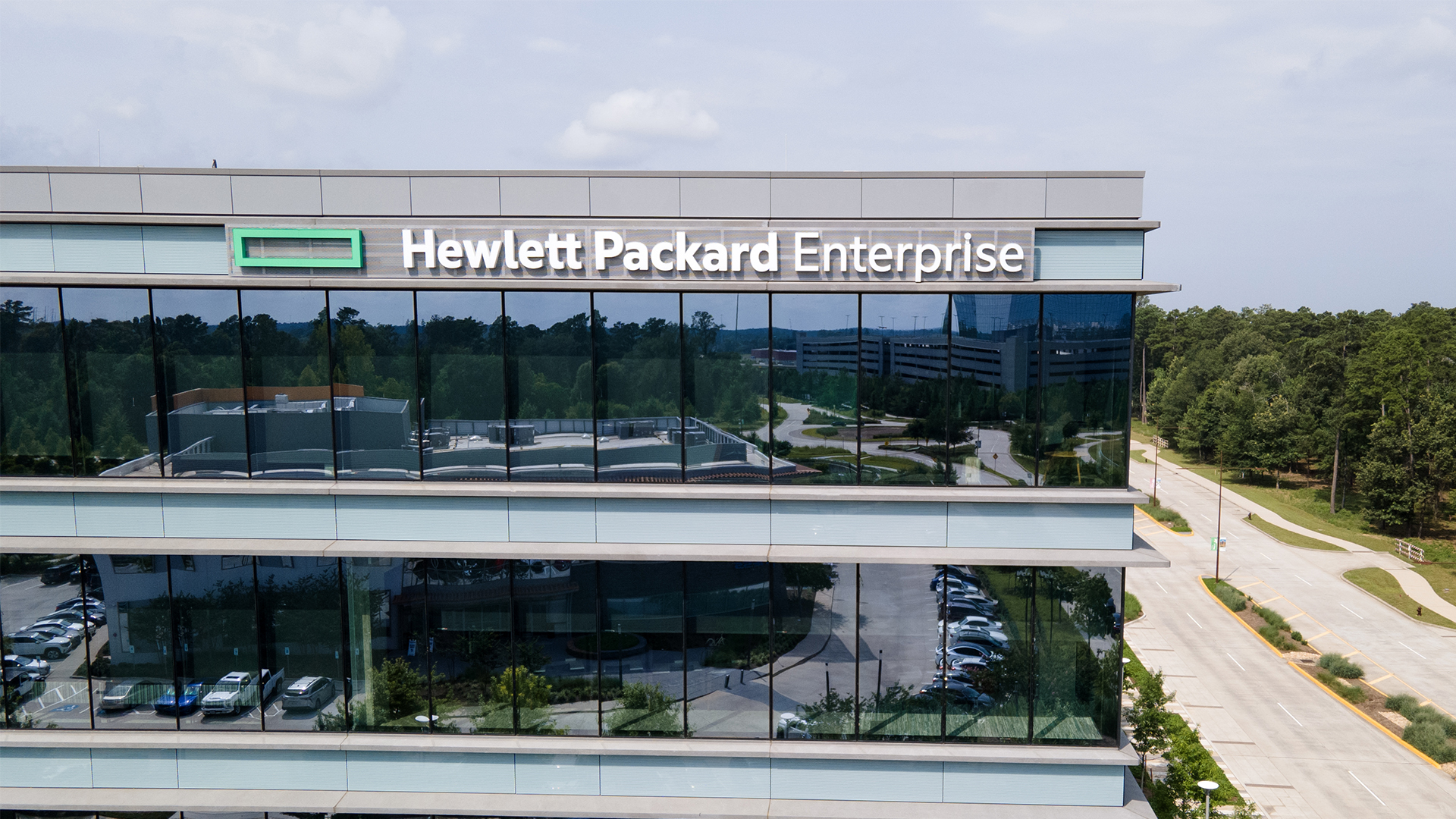 HPE takes aim at VMware with latest VM Essentials play
HPE takes aim at VMware with latest VM Essentials playNews Company claims using its own hypervisor can reduce “up to 90% of VM license costs”
-
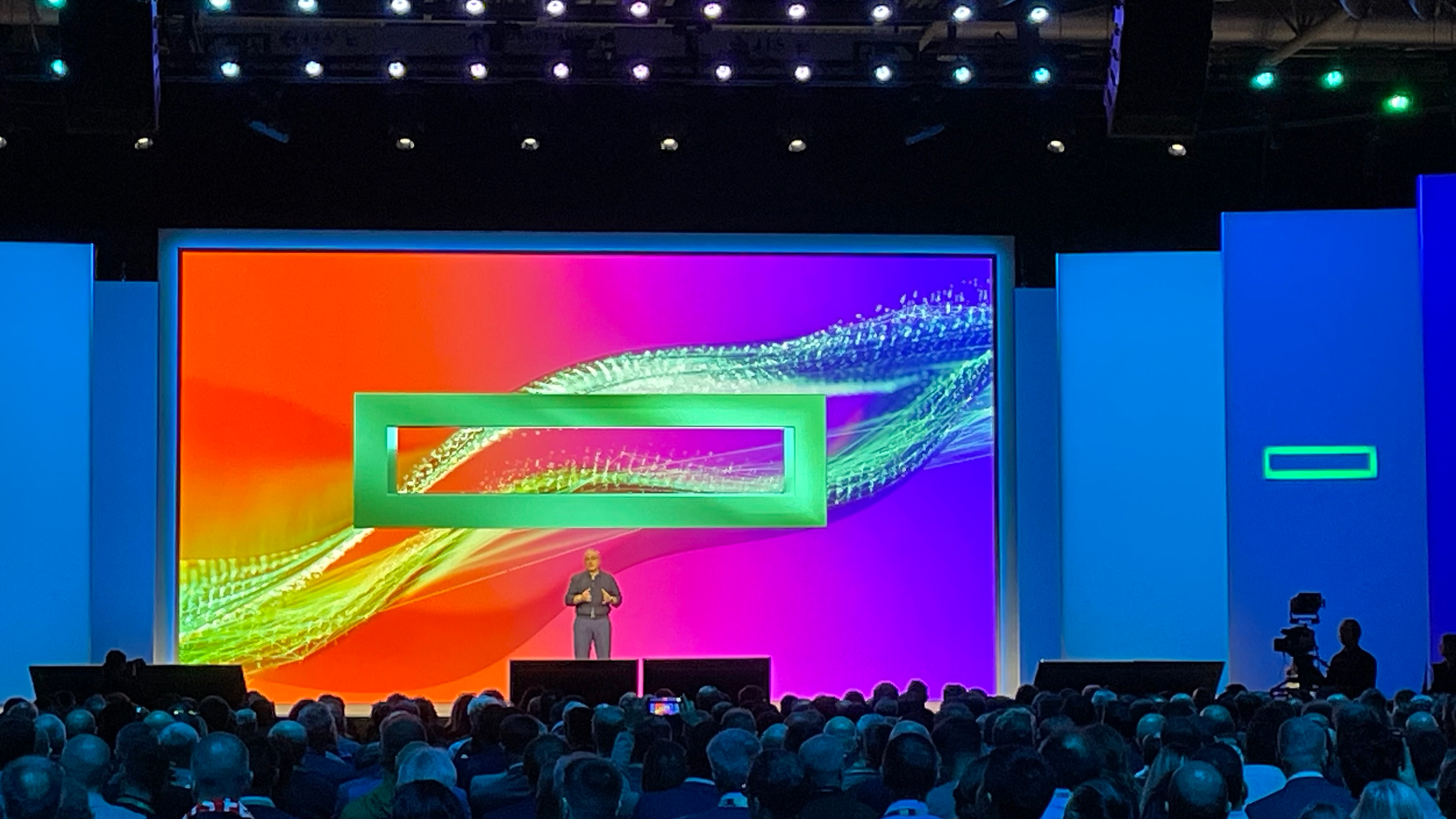 HPE announces VM Essentials – the VMWare competitor that isn’t
HPE announces VM Essentials – the VMWare competitor that isn’tNews Execs at HPE Discover acknowledge Broadcom issues, but deny they’re in competition
-
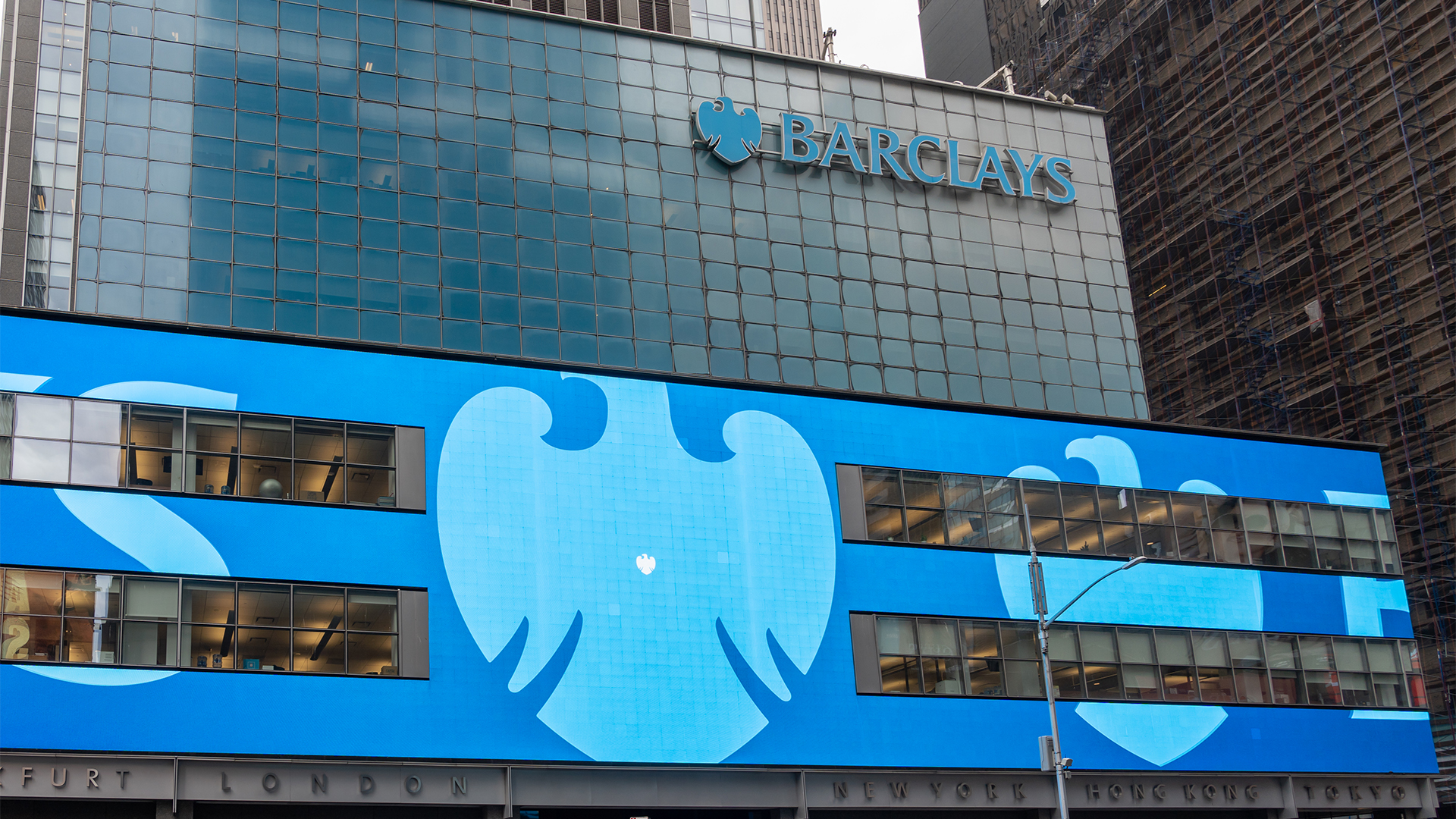 Barclays extends HPE GreenLake contract amid “significant acceleration” of hybrid cloud strategy
Barclays extends HPE GreenLake contract amid “significant acceleration” of hybrid cloud strategyNews The pair will step up their collaboration to drive private cloud efficiencies using AI and other new technologies
-
 'Catastrophic' cloud outages are keeping IT leaders up at night – is it time for businesses to rethink dependence?
'Catastrophic' cloud outages are keeping IT leaders up at night – is it time for businesses to rethink dependence?News The costs associated with cloud outages are rising steadily, prompting a major rethink on cloud strategies at enterprises globally
-
 Scottish data center provider teams up with HPE to unveil National Cloud – a UK sovereign cloud service for large enterprises, tech startups, and public sector organizations
Scottish data center provider teams up with HPE to unveil National Cloud – a UK sovereign cloud service for large enterprises, tech startups, and public sector organizationsNews The DataVita National Cloud service is aimed at customers with complex workloads, addressing compliance and security concerns for public services and regulated industries